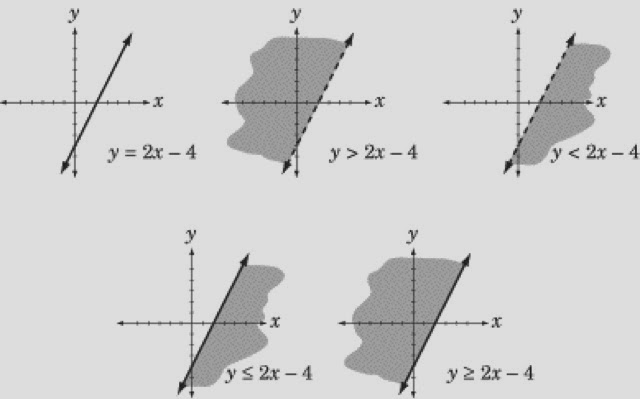Friday, January 31, 2014
Motorcycles
Wednesday, January 29, 2014
Skydiving
One of my goals before I graduate is to go skydiving before I graduate. So, I decided it would be fun to look at the math behind it!
What happens when you jump out of a plane and then open a parachute? For Ivan Agudelo "the feeling is kind of like sticking your head out of the window of a car that is traveling at 100 miles per hour." And when the parachute opened Risa Centenni "...felt like a cork flying out of a bottle of champagne!" There must be some pretty strong forces at work to produce such intense feelings. Here's a closer look at the physics of skydiving.
As he accelerates the amount of drag increases, because the faster an object moves through air, the greater the drag.
Making contact with the ground at that speed would be rather uncomfortable so Philippe opens his parachute.
Chapter 7 Review
b) Elimination- eliminate until you are left with 1 variable that you can plug in
c) Break-Even Problems- memorize equations
e) Systems of 3 Equations- same as elimination keep plugging until you isolate 1 variable
f) Linear Programming- know the signs of each graph.
Friday, January 17, 2014
Fun Facts of Math
- π=3.14159 26535 89793 23846 26433 83279 50288 41971 69399 37510 58209 74944 59230 7816406286 20899 86280 34825 34211 70679 82148 08651 32823 ...
- A sphere has two sides. However, there are one-sided surfaces.
- There are shapes of constant width other than the circle. One can even drill square holes.
- There are just five regular polyhedra
- In a group of 23 people, at least two have the same birthday with the probability greater than 1/2
- Everything you can do with a ruler and a compass you can do with the compass alone
- Among all shapes with the same perimeter a circle has the largest area.
- There are curves that fill a plane without holes
- Much as with people, there are irrational, perfect, complex numbers
- As in philosophy, there are transcendental numbers
- As in the art, there are imaginary and surreal numbers
- A straight line has dimension 1, a plane - 2. Fractals have mostly fractional dimension
- You are wrong if you think Mathematics is not fun
- Mathematics studies neighborhoods, groups and free groups, rings, ideals, holes, poles andremovable poles, trees, growth ...
- Mathematics also studies models, shapes, curves, cardinals, similarity, consistency,completeness, space ...
- Among objects of mathematical study are heredity, continuity, jumps, infinity,infinitesimals, paradoxes...
- Last but not the least, Mathematics studies stability, projections and values, values are oftenabsolute but may also be extreme, local or global.
- Trigonometry aside, Mathematics comprises fields like Game Theory, Braids Theory, Knot Theory and more
- One is morally obligated not to do anything impossible
- Some numbers are square, yet others are triangular
- The next sentence is true but you must not believe it
- The previous sentence was false
- 12+3-4+5+67+8+9=100 and there exists at least one other representation of 100 with 9 digits in the right order and math operations in between
- One can cut a pie into 8 pieces with three movements
- Program=Algorithms+Data Structures
- There is something the dead eat but if the living eat it, they die.
- A clock never showing right time might be preferable to the one showing right time twice a day
- Among all shapes with the same area circle has the shortest perimeter









